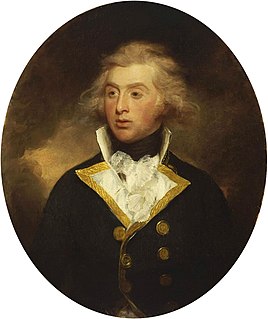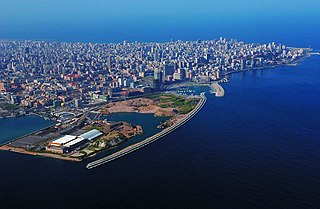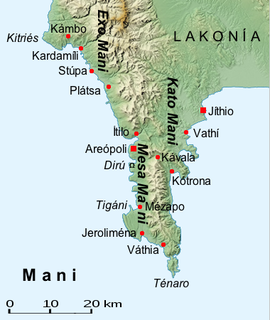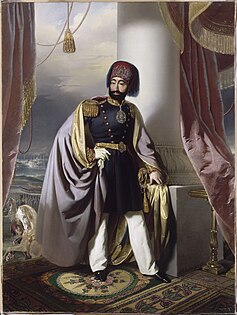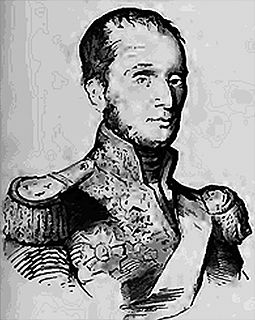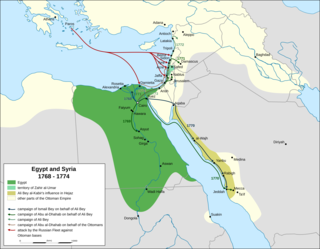This article has multiple issues. Please help improve it or discuss these issues on the talk page . (Learn how and when to remove these template messages) (Learn how and when to remove this template message)
|
| Second Egyptian–Ottoman War | |||||||
|---|---|---|---|---|---|---|---|
| Part of Campaigns of Muhammad Ali of Egypt | |||||||
| |||||||
| Belligerents | |||||||
Ottoman-aligned powers: | Egypt-aligned powers: | ||||||
The Second Egyptian–Ottoman War or Second Turko–Egyptian War lasted from 1839 until 1841 and was fought mainly in Syria, whence it is sometimes referred as the (Second) Syrian War.

Ottoman Syria refers to divisions of the Ottoman Empire within the Levant, usually defined as the region east of the Mediterranean Sea, west of the Euphrates River, north of the Arabian Desert and south of the Taurus Mountains.
Contents
- Origins
- Naval intervention in Syria
- Sidon, Nahr-el-Kelb and Boharsef
- Bombardment of Acre
- Resolution of the conflict
- References
- Further reading
In 1839, the Ottoman Empire moved to reoccupy lands lost to Muhammad Ali in the First Turko-Egyptian War. The Ottoman Empire invaded Syria, but after suffering a defeat at the Battle of Nezib appeared on the verge of collapse. On 1 July, the Ottoman fleet sailed to Alexandria and surrendered to Muhammad Ali. Britain, Austria and other European nations, rushed to intervene and force Egypt into accepting a peace treaty. From September to November 1840, a combined naval fleet, made up of British and Austrian vessels, cut off Ibrahim's sea communications with Egypt, followed by the occupation of Beirut and Acre by the British. On 27 November 1840, the Convention of Alexandria took place. British Admiral Charles Napier reached an agreement with the Egyptian government, where the latter abandoned its claims to Syria and returned the Ottoman fleet.

The Ottoman Empire, also historically known in Western Europe as the Turkish Empire or simply Turkey, was a state that controlled much of Southeast Europe, Western Asia and North Africa between the 14th and early 20th centuries. It was founded at the end of the 13th century in northwestern Anatolia in the town of Söğüt by the Oghuz Turkish tribal leader Osman I. After 1354, the Ottomans crossed into Europe, and with the conquest of the Balkans, the Ottoman beylik was transformed into a transcontinental empire. The Ottomans ended the Byzantine Empire with the 1453 conquest of Constantinople by Mehmed the Conqueror.

Muhammad Ali Pasha al-Mas'ud ibn Agha was an Ottoman Albanian commander who rose to the rank of Pasha, and became Wāli, and self-declared Khedive of Egypt and Sudan with the Ottomans' temporary approval. Though not a modern nationalist, he is regarded as the founder of modern Egypt because of the dramatic reforms in the military, economic and cultural spheres that he instituted. He also ruled Levantine territories outside Egypt. The dynasty that he established would rule Lower Egypt, Upper Egypt and Sudan until the 1952 coup d'état led by Muhammad Naguib and Gamal Abdel Nasser.
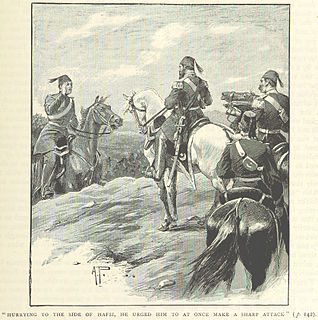
The Battle of Nezib or Battle of Nisib or Battle of Nizib was fought on 24 June 1839 between Egypt and the Ottoman Empire. The Egyptians were led by Ibrahim Pasha, while the Ottomans were led by Hafiz Osman Pasha, with Helmuth von Moltke the Elder playing an advisory role, in command of the Ottoman artillery.





